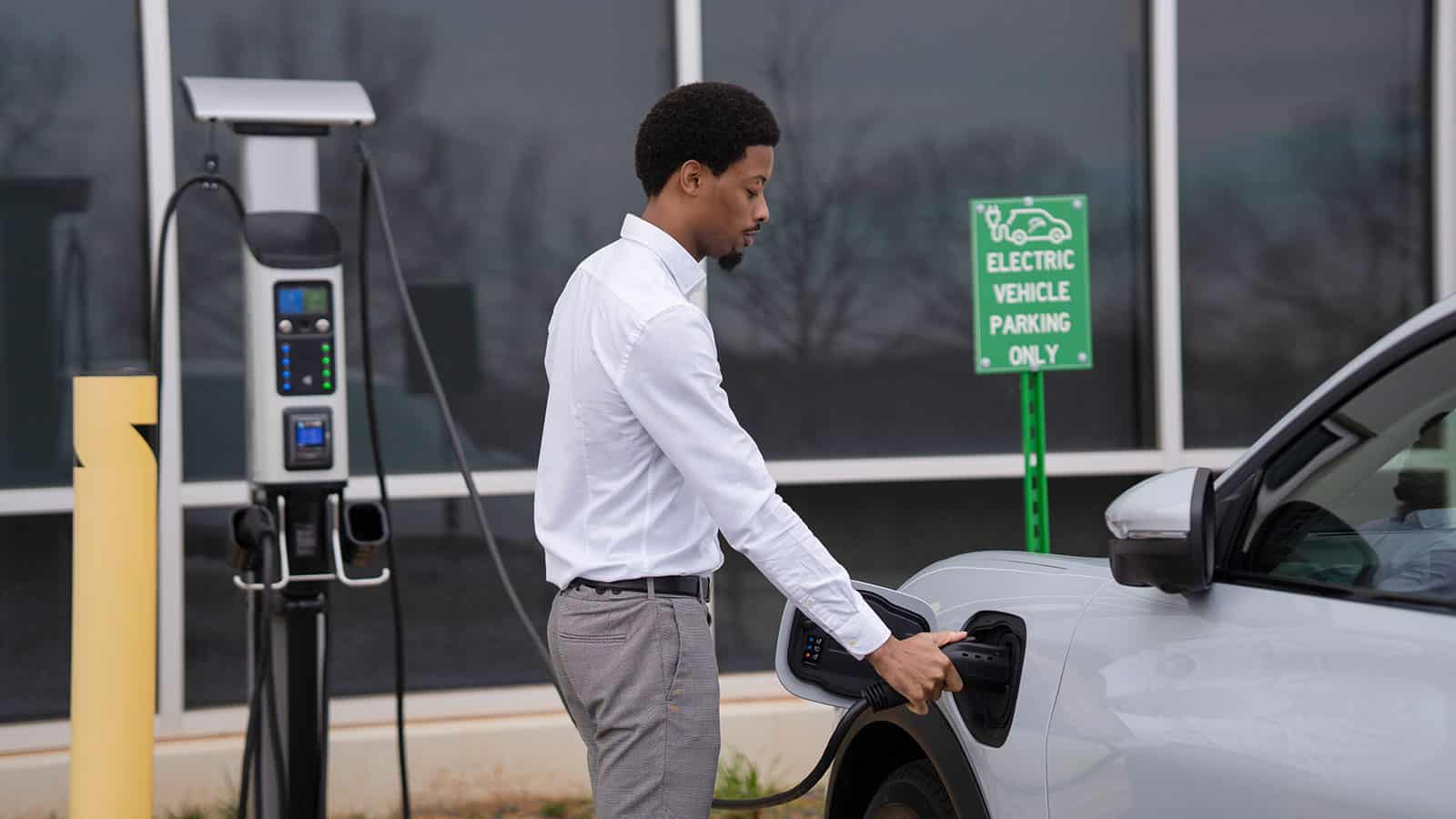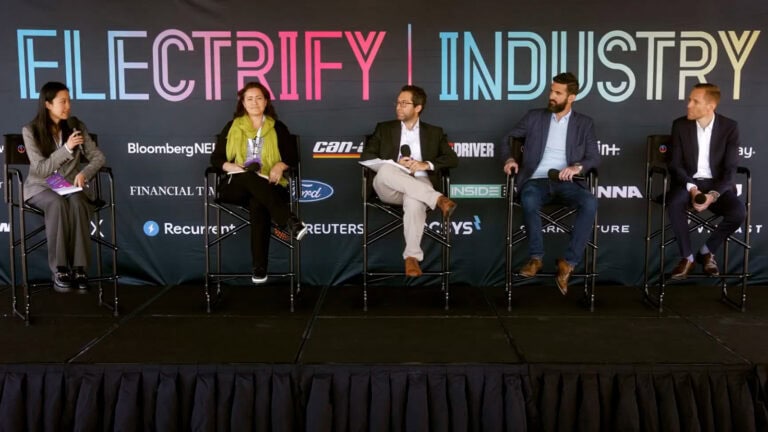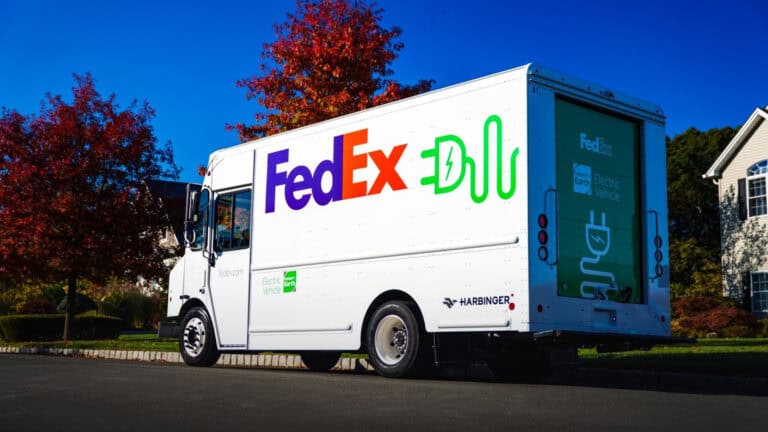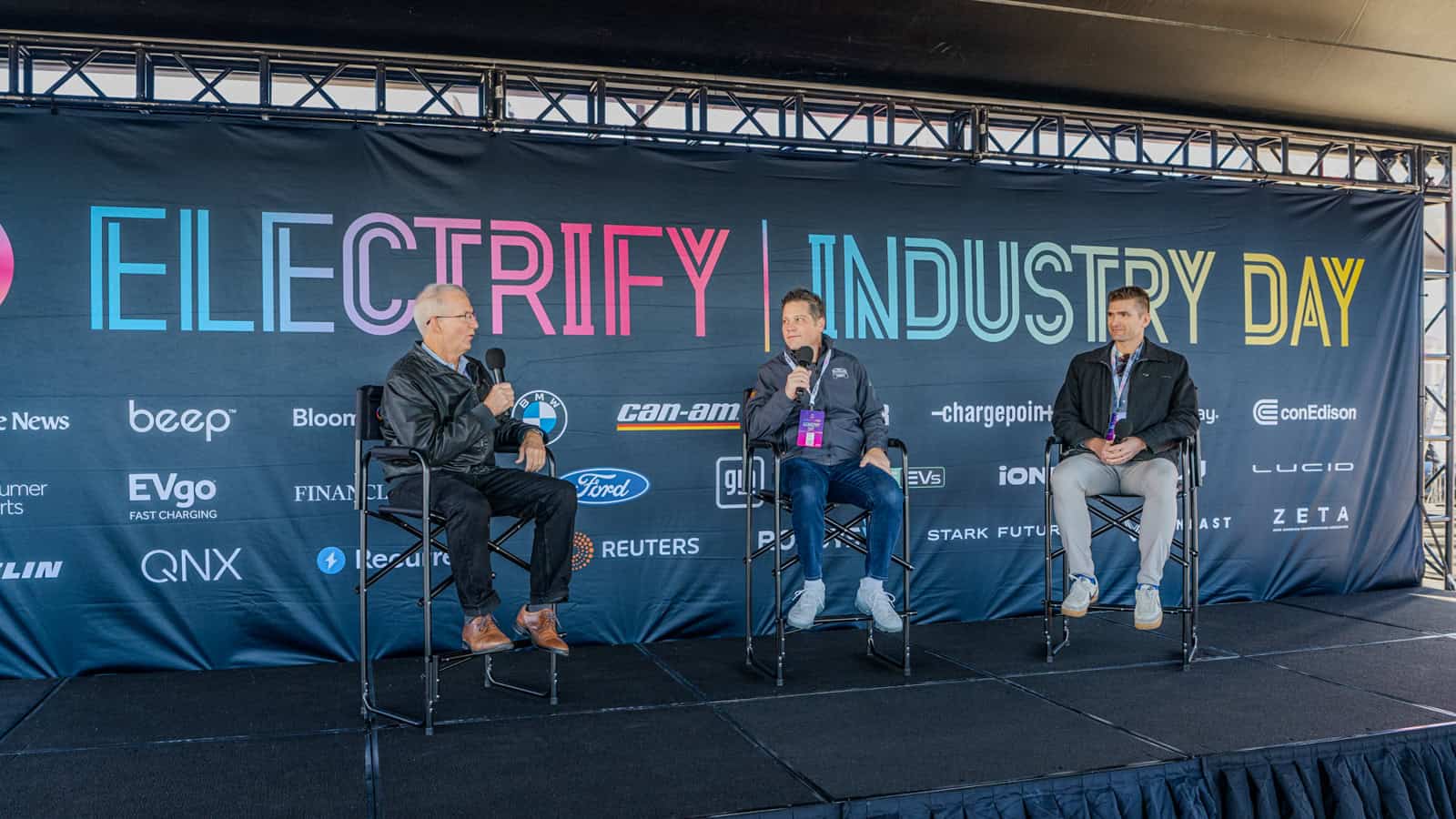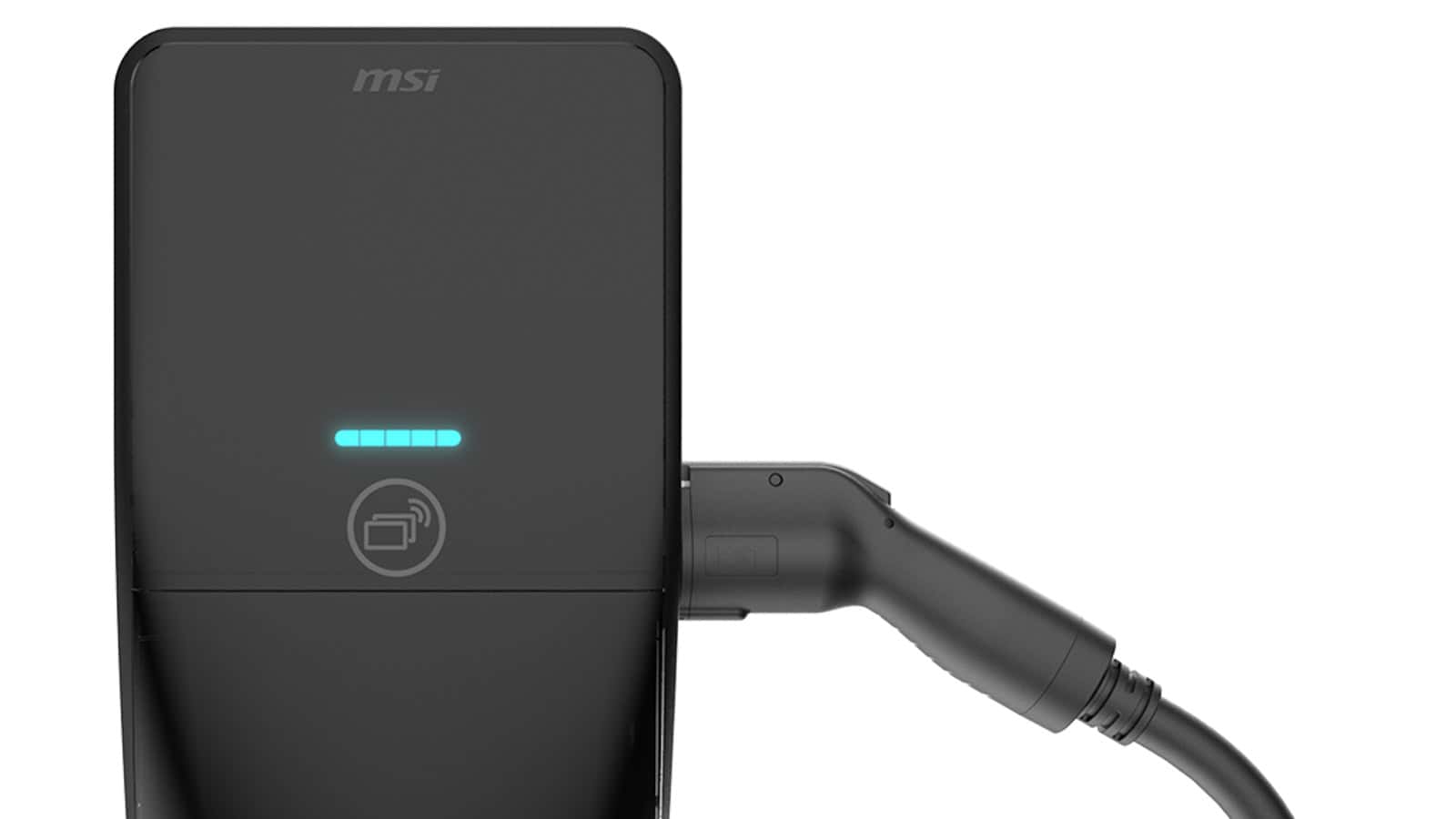- Blink Charging was selected as an EVSE provider by the State of New York.
- Blink Charging focuses on Level 2 but may need to expand its DC fast-charging capabilities to meet market needs.
- Reliability of Blink’s chargers will be a test for Blink and crucial for wider EV adoption.
Blink Charging, a Maryland-based company providing EV charging as a service, was recently chosen as one of the official electric vehicle charger and network services providers for the State of New York. That should provide a significant growth engine for Blink Charging.
ADVERTISEMENT
In the wake of Tesla’s decision to slow down growth of its Supercharger network, companies such as Blink have an opportunity to step in and step up their charger installations. But their chargers must be very reliable, or they could do more harm to EV adoption than good.
EV Charging Networks and Charging as a Service

In early May, Blink announced it had secured a contract as an official EV charging provider for the state of New York. As part of the contract, Blink will offer Level 2 and DC fast chargers statewide and will provide related services including site assessment and preparation, installation, maintenance, repair, parts and supply, warranties, and product training.
Blink will also provide EV charging network services related to EV management such as monitoring, reporting, billing, and support. It already has more than 1,000 Blink chargers installed in New York state.
It’s too early to predict how many additional Blink charging stations the NY contract will result in, but “we are optimistic that the number of chargers we provide in New York state will continue to grow substantially,” Jim Nemac, chief revenue officer at Blink Charging, told Electrify News in an email.
Blink Charging Focus on Level 2
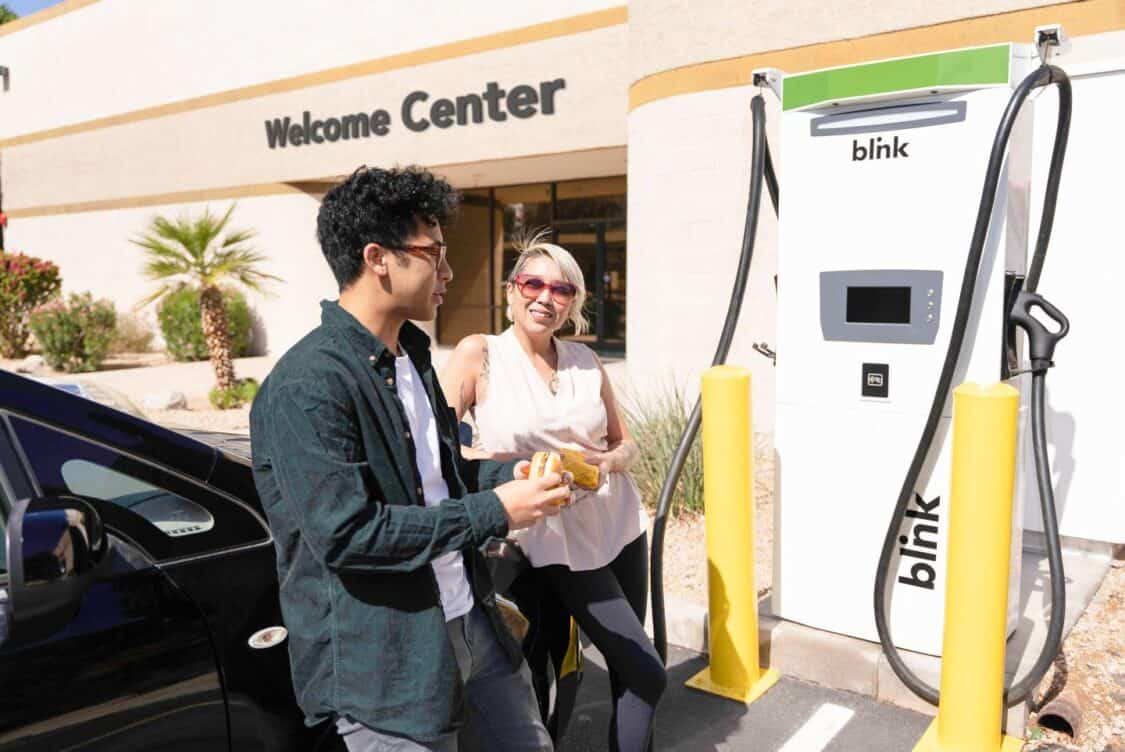
NASDAQ-listed Blink said it has more than 94,000 charging stations “contracted, sold, or deployed” worldwide, including more than 71,000 in the U.S. Of the U.S. stations, some 800 are DC fast charging stations, Blink said.
ADVERTISEMENT
Blink Charging in March announced it was planning a 30,000 square foot production facility. It is projected to manufacture more than 50,000 charging units annually to meet increasing demand for EVs and the infrastructure needed to support that number, he said.
“We can do this because we focused on reliability, policy regulation and listening to the market before we ramped up production,” Nemac said.
The company has chosen to focus on Level 2, or 240-volt, EV charging stations rather than DC fast charging, Nemec said.
“We view L2s as the key to achieving true range confidence and meeting infrastructure needs,” he said.
Level 2 chargers are easy to install at home and in public places, he said. “With 90% of EV chargers being Level 2, they stand as the optimal choice for reliable, day-to-day charging,” Nemac said.
Bidding for Tesla Supercharger Sites

Blink may be smart to focus on Level 2 chargers. Not only are they easier to install than DC fast charging stations, but they are a lot cheaper to install, pointed out Sam Abuelsamid, principal research analyst at Guidehouse Insights.
“Installing DCFC is a major capital investment and requires a lot of coordination with utilities, local officials (for permitting and inspection) and property owners,” he told Electrify News in an email.
But meeting all the market needs and competing against larger players may require that Blink step up the pace of its DCFC installation. That could include bidding for some of the canceled Tesla Supercharger sites.
ADVERTISEMENT
Blink will consider bidding for sites if it fits the company’s plans, Nemac said. “Blink is dedicated to strategically placing the appropriate EV chargers in residences, workplaces, and communities, ensuring accessibility when EV owners require them.”
The competition could be stiff. Other companies including Revel, BP Pulse and Shell Recharge are already trying to get sites that were approved for Supercharger installations, Abuelsamid said.
NEVI Funding and Reliability
Some of Tesla’s NEVI-awarded Supercharger sites are now open. “If these sites become available, we will certainly explore pursuing any opportunities that make sense for Blink,” Nemac said.
NEVI-funded sites are required to have an uptime of 97%, something Blink has struggled with in the past. But in May, it launched Blink Care, a preventive care service. It can be added to Blink’s existing warranty program for Level 2 and DC fast chargers.
Nemac called it “an innovative solution for charger hosts to maximize uptime and ensure reliability for EV drivers.”
Blink has been awarded two NEVI grants already and is actively working on a NEVI site at a supermarket chain in Pennsylvania, Nemac said.
Blink Charging Put To The Test

The partnership with the state of New York will be an important test for Blink EV charging networks as it seeks to expand its Level 2 and DC fast charger partnerships, whether that be through former Tesla Supercharger sites, more NEVI sites, or more partnerships with government and businesses.
Its success would be good news not just for Blink but for EV adoption, as well. Charging concerns are a big reason consumers aren’t buying more EVs. The more reliable public EV charging stations the U.S. has, the more confident consumers will feel about owning an EV.
ADVERTISEMENT

FEATURE IMAGE: BLINK
FTC: We use income-earning auto affiliate links. Learn more.


